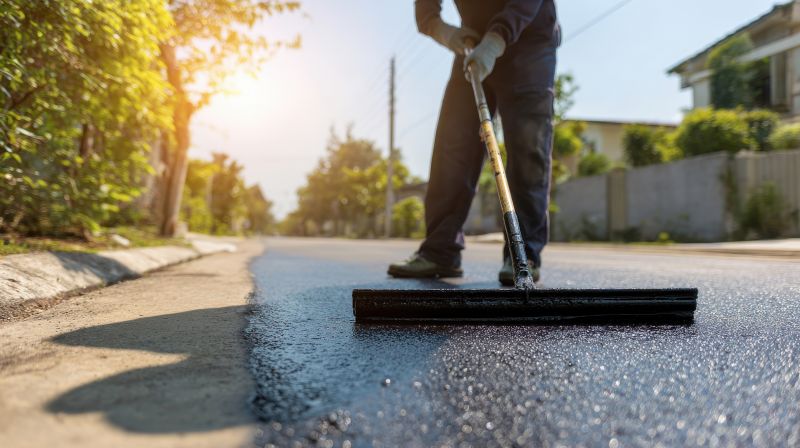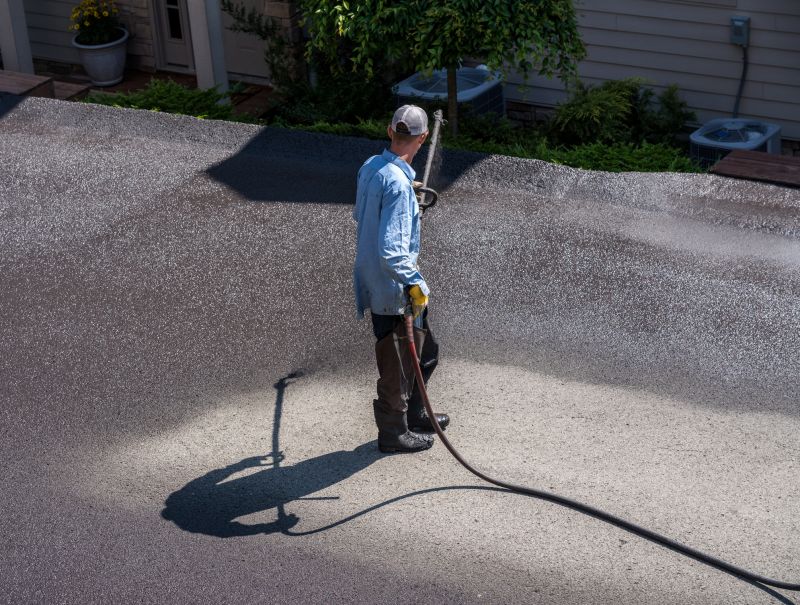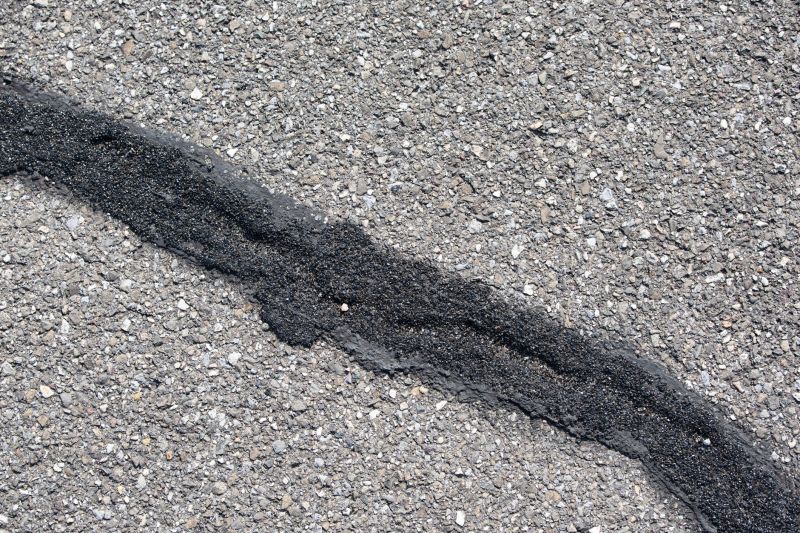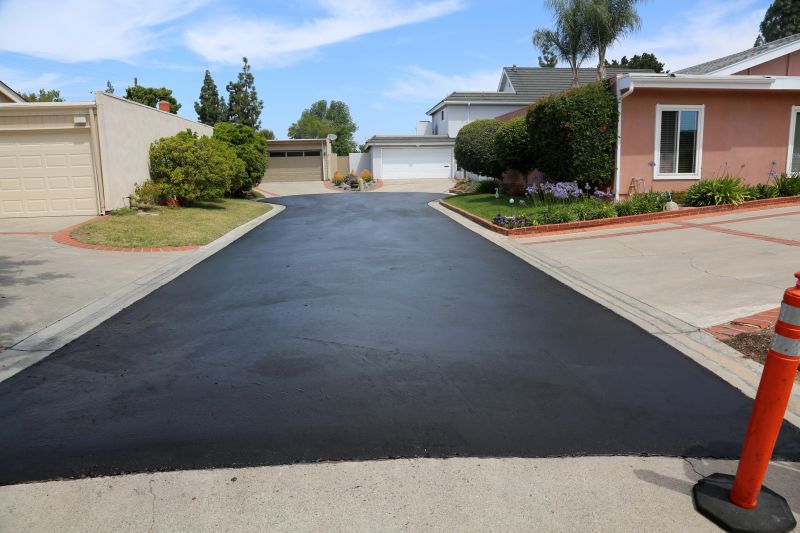Optimal Timing for Asphalt Sealings
Proper timing for asphalt sealings is essential to maximize durability and protection. The optimal season typically depends on local climate conditions, with ideal temperatures ranging from 50 to 85 degrees Fahrenheit. Applying sealant during periods of stable weather ensures the material cures properly without being compromised by rain or extreme heat.
Spring is a popular time for asphalt sealings due to moderate temperatures and longer daylight hours, allowing for effective curing.
Summer applications should be done early or late in the season to avoid high temperatures that can cause sealant to dry too quickly.
Fall offers cooler temperatures and less rain, making it suitable for sealings if done before the onset of winter.
Winter is generally not recommended for sealings due to low temperatures and increased moisture, which can hinder curing.

Spring offers optimal weather for asphalt sealings, with warm temperatures and low humidity.

Early mornings or late evenings are best for summer sealings to avoid high daytime heat.

Fall provides cooler weather and less rain, ideal for sealing projects.

Ways to make Asphalt Sealings work in tight or awkward layouts.

Popular materials for Asphalt Sealings and why they hold up over time.

Simple add-ons that improve Asphalt Sealings without blowing the budget.

High-end options that actually feel worth it for Asphalt Sealings.

Finishes and colors that play nicely with Asphalt Sealings.
| Season | Temperature Range |
|---|---|
| Spring | 50-85°F |
| Summer | 60-85°F |
| Fall | 50-75°F |
| Winter | Below 50°F |
Asphalt sealings serve as a protective barrier that extends the lifespan of pavement surfaces. They help prevent water infiltration, reduce oxidation, and inhibit the growth of weeds and other damaging elements. Proper application during the right season can significantly enhance the durability of asphalt surfaces, saving on future repair costs. Sealants are typically composed of asphalt emulsion, which bonds well with existing pavement and provides a flexible, weather-resistant coating.

Consistent warm temperatures facilitate proper curing and adhesion of asphalt sealings.

Curing times vary based on temperature and humidity, but generally require 24-48 hours of dry weather.

Timing ensures maximum protection and longevity of the asphalt surface.

Scheduling sealings during suitable seasons helps maintain pavement integrity throughout the year.

Little measurements that prevent headaches on Asphalt Sealings day.

A 60-second routine that keeps Asphalt Sealings looking new.

A frequent mistake in Asphalt Sealings and how to dodge it.

Small tweaks to make Asphalt Sealings safer and easier to use.
Interested in scheduling asphalt sealings? Filling out the contact form provides an opportunity to discuss timing options and receive tailored recommendations based on local climate conditions and pavement needs.
